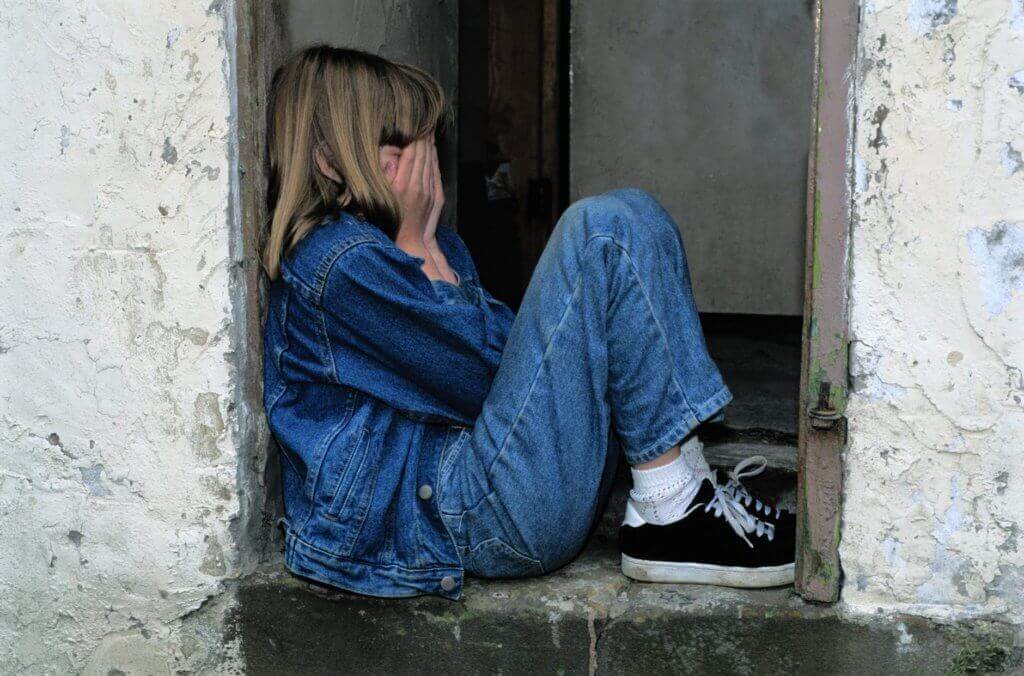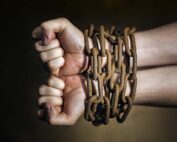By Rita Rippentrop, Licensed Clinical Professional Counselor
For the majority of us, home is somewhere we are excited to return to at the end of the day. It is a place where we feel loved, respected and safe to be ourselves. Nothing feels better than cruising through the door at the end of a long day, kicking off those shoes and being able to just relax. But for many children, being home is not a comfort. Millions of children live in situations they are afraid to go home to. And for a lot of them, there’s no clear end in sight. But what can you do to help?
Many people only look for signs of physical abuse when there are other common forms of abuse to be equally concerned about. A lot of abusers take steps to cover their actions, so how can you recognize abuse in its various forms? In this article, we’ll delve into the most common kinds of abuse to give you a better understanding of how to recognize the warning signs of child abuse.
1. Physical abuse
Physical abuse is the easiest to identify because the child will have visible symptoms. To help determine if a child is being harmed by someone in their life watch out for frequent signs of:
- bruising
- burns
- bite marks
- broken bones
Of course, children are children and they tend to hurt themselves while playing. But pay attention to how frequently they have these injuries. If they seem to constantly have injuries that have no explanation, or the explanation they offer doesn’t make sense, then there may be cause for alarm.
2. Emotional Abuse
Emotional abuse often comes in the form of constantly berating or belittling a child until it injures their self-esteem and overall emotional well-being. It might get overlooked because there is no immediate physical danger to the child, but it can have long term effects on a child’s social and emotional development. It can be difficult to recognize the signs because volatile emotions are often part of growing up, but these symptoms may be cause for alarm:
- The child is constantly worried about doing something wrong.
- They seem isolated from their parents.
- They have poor social skills and no friends.
- They frequently show aggression towards other children.
- They show signs of depression and have low self-esteem.
- They perform poorly in school.
Another thing to remember is that children suffering physical abuse at home will very often present these symptoms as well. Physical and emotional abuse often go hand in hand.
3. Sexual Abuse
Sexual abuse is any inappropriate sexual contact with a child. It can be hard to spot when you’re not a primary caregiver. However, it’s still important to be aware of the physical signs of sexual abuse, such as discomfort and unexplained bleeding in the genital area. But even if you’re not a primary guardian, there will still be behavioral issues that can clue you in to the fact that something isn’t right. These include:
- They engage in inappropriate sexual behavior with other children.
- They have knowledge of sexual topics you wouldn’t expect them to know at their age.
- They show excessive worry and fearfulness, especially when alone with specific people.
- They try to avoid removing their clothing to change outfits or bathe.
- They experience frequent nightmares and are afraid of being alone at night.
- They fall back into behaviors they’ve grown out of, such as thumb sucking.
What can I do to help?
These are only some of the symptoms children suffering from abuse might present. It’s important to be vigilant and trust your instincts, especially if any of this behavior appears suddenly where there were no previous issues. If you feel like something is wrong, talk to the child. It can be hard for victims of abuse to come forward because they often feel ashamed of what’s happening to them. But be sure to always have the conversation away from anyone who might be a potential abuser.
Remember, children who suffer abuse don’t understand why it’s happening to them, and they often blame themselves. It’s important to be patient and empathetic when trying to get someone to open up to you. It might not happen on the first try, or even the second, but it’s important that you’re there for them when they’re ready.
If you or someone you know needs help dealing with the emotional aftermath of abuse, helpis only a short distance away. We have therapists on staff who specialize in helping children deal with the effects of abuse, as well as help for adults who are living the lasting effects of it.
“Many people only look for signs of physical abuse when there are other common forms of abuse to be equally concerned about.
By Rita Rippentrop, Licensed Clinical Professional Counselor
Recent Posts
What to Expect and How to Choose the Right Online Therapist
As more people choose therapy that fits their life, online counseling has become a reliable, effective option. At Stenzel Clinical, [...]
Quick Anxiety Relief Techniques You Can Use Anywhere
Anxiety can hit at odd times in the grocery line, before a meeting, or while you’re waiting in the [...]
Overcoming Limiting Beliefs
I found that much of our suffering originates from an invisible source: limiting beliefs. These are deeply held assumptions about [...]




